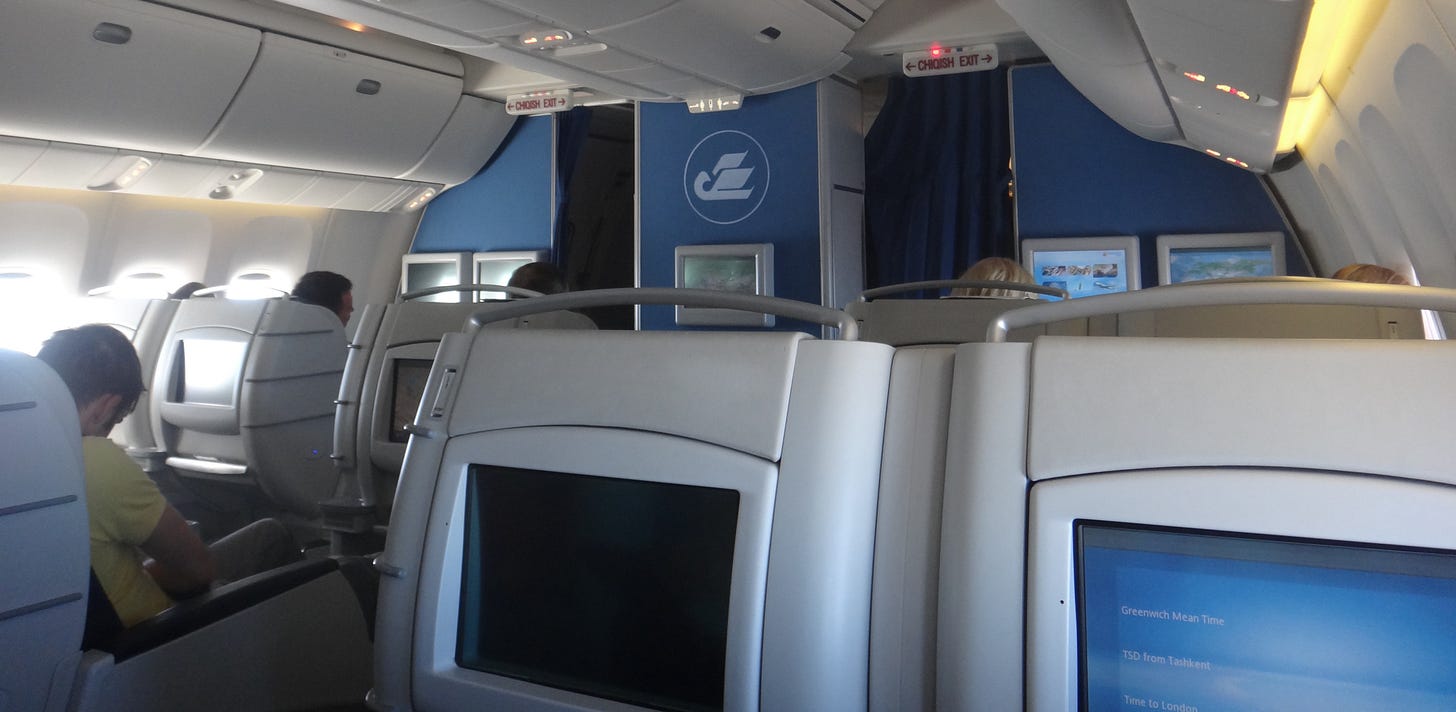Blockchain & airline revenue
Airlines using blockchain with up-stream AI will achieve better results than those using AI on it's own
Think of blockchain and you might imagine hackers earning millions from strangely named cryptocurrencies. There is the original and turbulent Bitcoin, the supposedly stable Tether and even the wisecrack Dogecoin, which features an eponymous dog as it’s logo (dog e[lectronic] coin, geddit!). But cryptocurrency and blockchain are not the same.
Blockchains …



